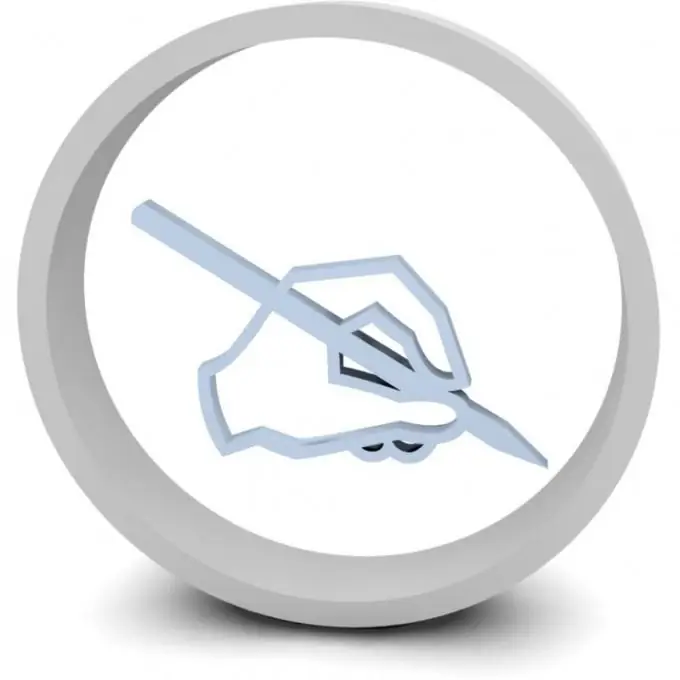Templates of application dialog boxes for operating systems of the Windows family are stored, as a rule, in the resource sections of PE modules (executable modules themselves or dynamic libraries). This makes it possible to change or localize the interface without recompiling the programs. To do this, you can change the dialogs using the resource editor.

Necessary
is a free Resource Hacker, available for download at rpi.net.au/~ajohnson/resourcehacker
Instructions
Step 1
Open the PE module file, the dialogs in which you want to change. In Resource Hacker, press Ctrl + O or select the File and Open… menu items. A file selection dialog will appear with the title "Open file containing resource …". Go to the directory with the module in it. Select the required file in the listing. Click the "Open" button.
Step 2
Find and open the dialog resource that you want to change. Expand the Dialog group in the left pane of the application. Sequentially expand the nested nodes of this section and select the elements they contain. In this case, the decompiled content of the resource will be displayed in the right pane in the form of script text, and the dialog itself will be rendered in a separate floating window.
Step 3
Modify the dialog by editing its styles, attributes, and geometric parameters. Move the focus to the floating dialog box. Right-click on it and select the Edit Dialog item in the context menu or press Ctrl + E. In the Dialog Editor window that appears, make the necessary changes. So, you can change the title of the dialog, its size, default coordinates, font, set of styles and extended styles (when the ExStyle checkbox is checked) of the window. Click OK.
Step 4
Modify the dialog by adding new controls to it. Press Ctrl + I or right-click on the dialog and select Insert Control. In the Control Editor window that appears, select the type of control to add by selecting the Pre-defined controls list item, or by clicking on one of the buttons below. In the Caption text box, enter the text for the control window, if necessary. In the Left, Top, Width, Height fields, specify the coordinates and sizes of the element being created (they can then be adjusted in visual mode), and in the ID field, enter its numeric identifier. Set the styles. Click OK.
Step 5
Modify the dialog by editing the properties of the controls that already exist in it. Click on any control in the dialog with the right mouse button. In the context menu, select the Edit control item. Perform actions to change properties similar to those described in the previous step.
Step 6
Make sure the changes you made are correct. Make sure the dialog is modified the way you want by viewing it in its entirety in a floating window.
Step 7
Compile the modified dialog resource script. In the main Resource Hacker window, click the Compile Script button.
Step 8
Save the PE module or a copy of it. Select File from the menu. Click on the Save or Save as … item. If necessary, specify a new file name and click the "Save" button.
Step 9
Check the result. If the modified PE module is an application executable, run it. Take the necessary steps to display the modified dialogs. Make sure that the changes you made do not affect the operation of the program.






